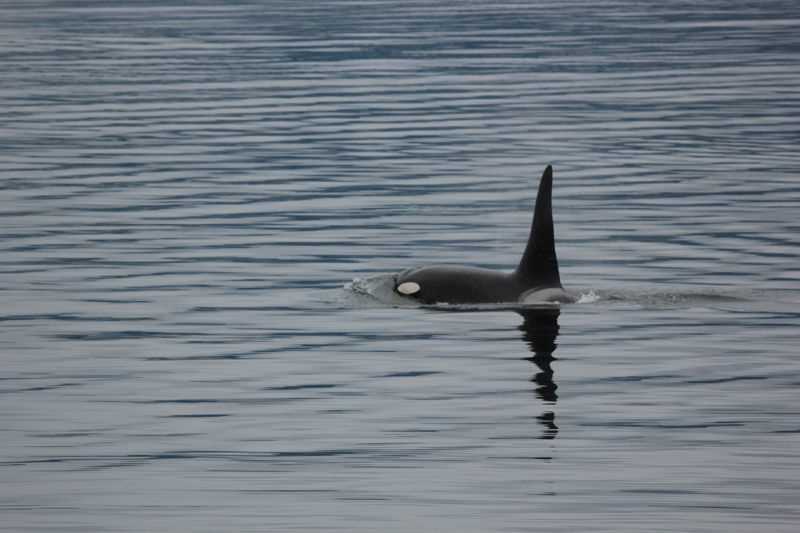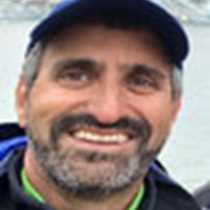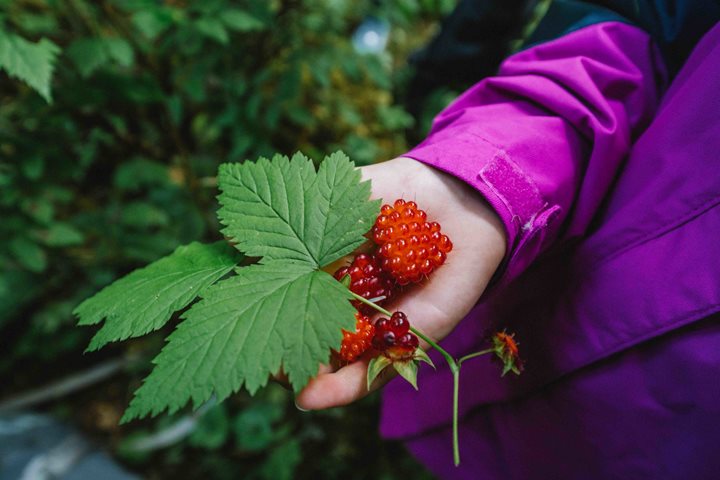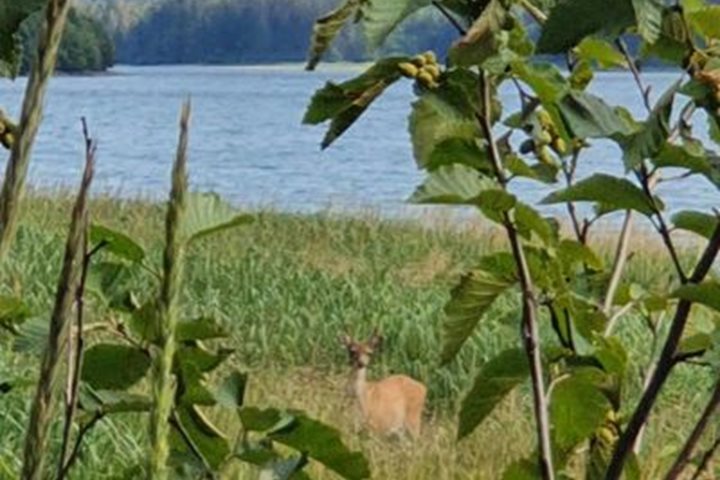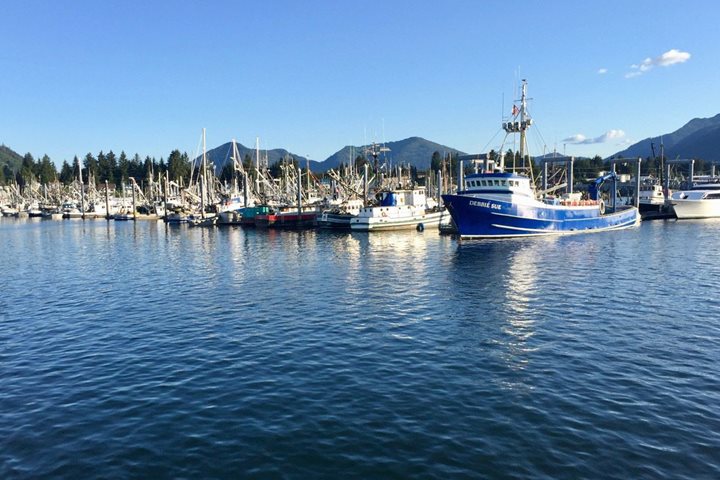Southeast Alaska looked more like herself today with hanging clouds and fog in the distance. After days of blue skies we welcomed more atmospheric surroundings in Icy Strait this morning.
This naturalist is certainly excited to be back in this part of the world after a dozen years away. It’s interesting to compare impressions from many years ago to today. Most of Alaska’s glaciers are in retreat, and those of Tracy Arm, where we were earlier this week, have receded dramatically in recent years, leaving visibly barren hillsides near their termini, ready for the regenerative properties of the rainforest to begin.
Humpback whales, like the amazing bubblenetters we witnessed last night, have unfortunately declined in number in the past few years after decades of continuous population growth. In the Glacier Bay study area, where we will be tomorrow, humpback abundance has gone down by 40% in the past two years, with rare sightings of calves. While we have seen humpbacks every day of our voyage so far, we are still hoping to find one of this year’s models.
Whale researchers have been looking for the resident fish-eating killer whales this season, indication of poor king salmon runs perhaps. We enjoyed a sensational encounter with resident orcas this morning in breathless sea conditions, whose appearance interrupted a marine mammal talk at the perfect moment when they were to be discussed. Perhaps two dozen killer whales were stretched out in small groups across the strait, traveling slowly in the same direction. At least four adult males with tall dorsal fins impressively cut the silken surface of the ocean scene, as young calves leapt exuberantly beside their surfacing moms.
The ocean certainly seems to be experiencing dynamic shifts in availability of prey for the animals we observe. Transient killer whales appear to be shifting their menu choices, taking more harbor porpoises and sea otters than before. Increased whale interactions with human fisheries are being observed, including solo humpbacks setting bubble nets at salmon hatcheries as the fish are released, and even sperm whales plucking black cod off longlines for easy meals.
One notable positive change has been the growth of the sea otter population. The cute marine weasels seem to be repatriating areas like Saginaw Bay, where we kayaked the other day. This is good news for kelp forests and the species that depend on them, as the otters play a keystone role in consuming sea urchins that would otherwise graze the kelp down.
This afternoon we were treated to fantastical Zodiac tours in breaking fog in the Inian Islands, a small archipelago of impressive current rips and nutrient upwelling. Rafts of rambunctious young male Steller sea lions inspected our boats. Seussical bulls shredded salmon into chunks with rigorous head shakes. Otters nestled in kelp with oversized pups aboard their chests. A brown juvenile bald eagle surveyed the sea from high upon its platform nest. A few pairs of puffins powered past.
As the ice retreats, the fjords deepen and the temperate rainforests regenerate. As the ocean’s temperature, acidity and dynamics shift, the marine animals adapt their feeding ecologies. As the rhythms of nature roll on, our impressions of the wildlife, glaciers, rainforests, ocean and atmosphere of Southeast Alaska are not lost over time.

